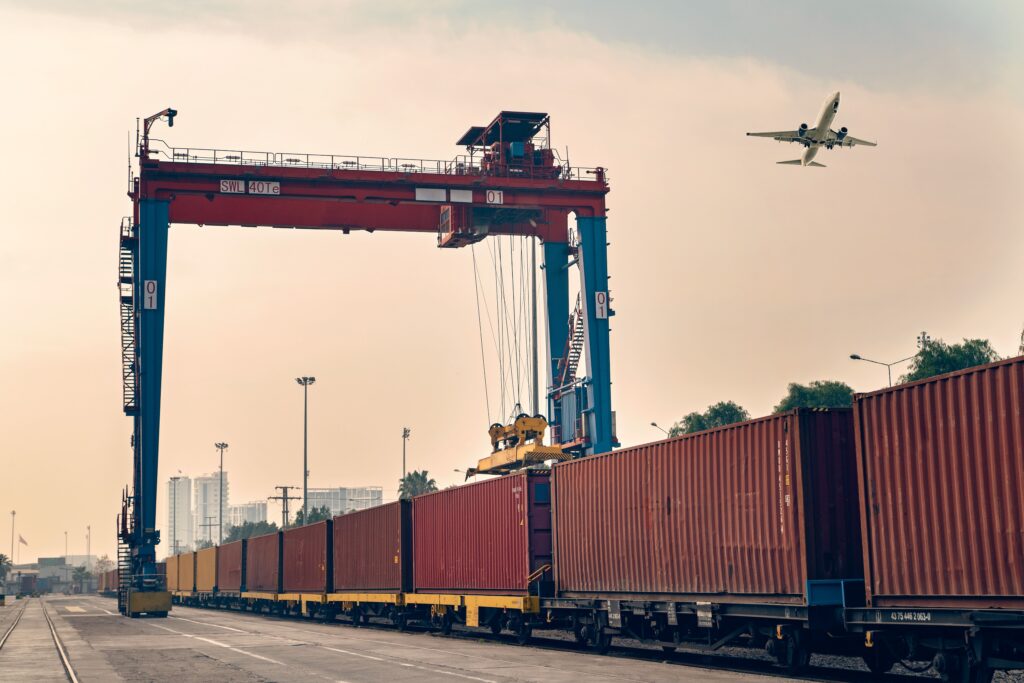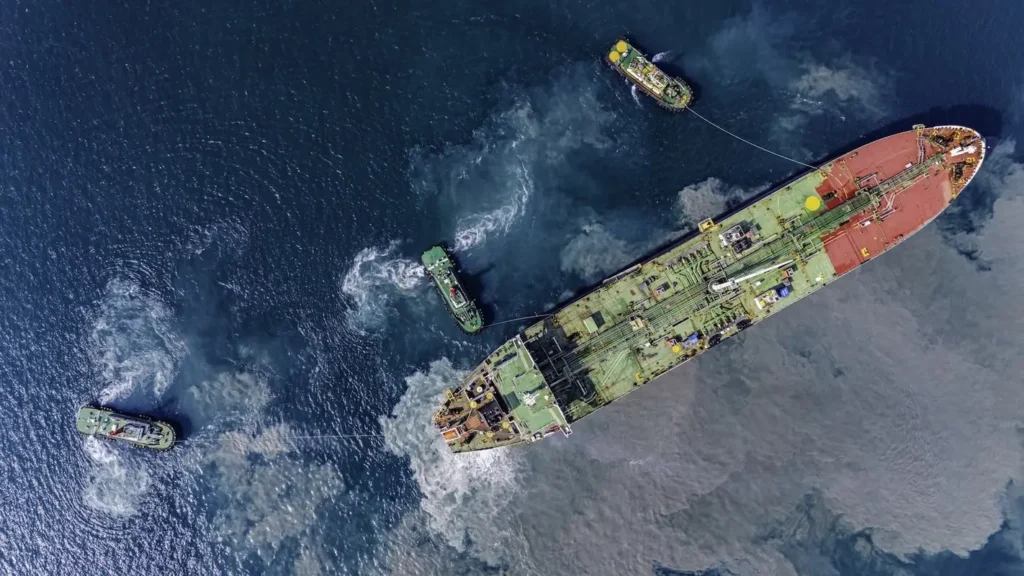HOW SPHERA CAN HELP
Strength at every link: Redefining transparency with an all-in-one platform
In a world where supply chain disruptions are inevitable and clean production is the expectation, procurement leaders can’t go it alone. They need the technology to see into every supply chain impact — and the insights to predict emerging disruptions. Supply chain optimization now means maintaining insights into all suppliers, partners and GHG emissions, with an eye toward decarbonization, human rights and operational improvements.
Sphera is leading the way in supply chain system software, using advanced technology to help businesses adapt to new regulations and risks. The new Supply Chain Transparency (SCT) solution is the culmination of two essential tools: . Through a rich and all-encompassing suite of capabilities, Supply Chain Transparency provides comprehensive supplier performance insights, real-time risk monitoring, compliance management, and more. Its essential strengths include:
- Risk visibility: Identify risk hotspots with a 360-degree view of supply chains. Procurement teams benefit from real-time insights derived from advanced AI, 15 billion monthly articles, 24/7 risk tracking, one million customer and supplier sites and supplier data from standard and custom ESG assessments—all vetted by expert analysts who deliver actionable alerts with industry-leading, 99.9% accuracy.
- Collaboration: Collaborate directly with suppliers across all tiers to take proactive risk mitigation actions. Automated risk assessments and corrective actions make the path toward a more resilient future clear.
- Compliance: Integrate accurate supply chain data into widespread reporting tasks, such as Scope 3, ESG, GHG. Legislative compliance becomes easier with thorough tracking, auditing, and validation processes — as does identifying and reporting on improvements.





